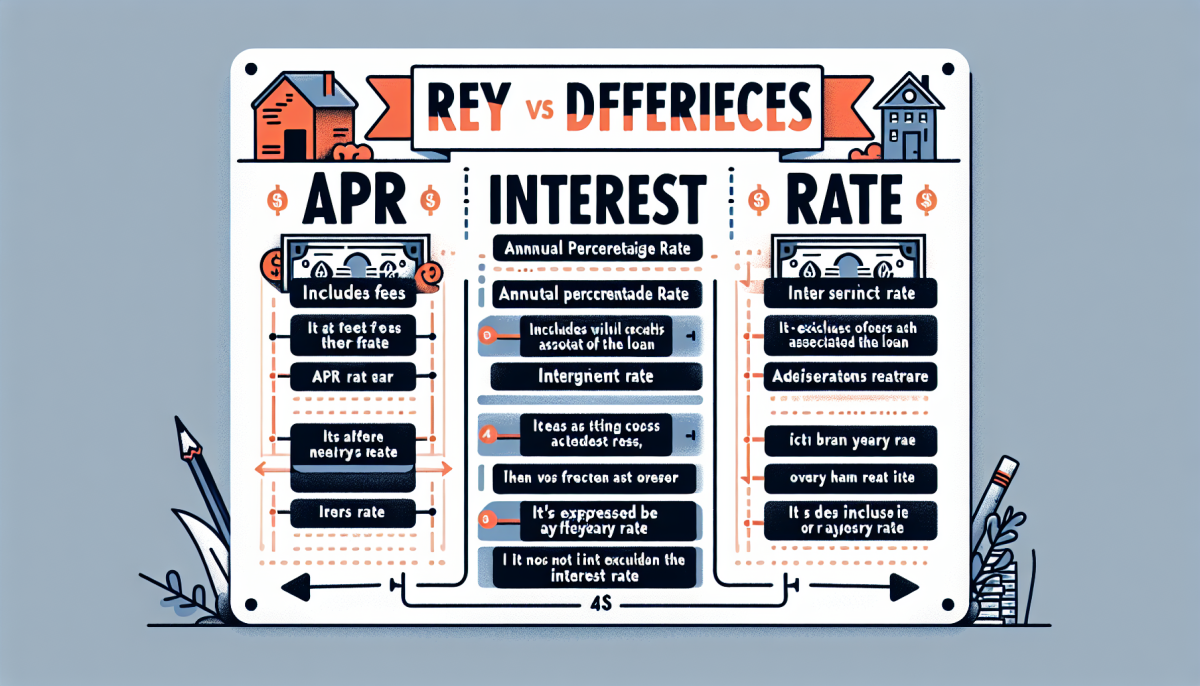When it comes to borrowing money, it’s important to understand the difference between APR (Annual Percentage Rate) and interest rate. While both terms are used to describe the cost of borrowing money, they are not the same thing. APR includes both the interest rate and any additional fees or charges associated with the loan, giving you a more accurate picture of the total cost. Understanding the distinction between these two terms can help you make more informed financial decisions.
Decoding the Basics: APR vs. Interest Rate
The interest rate is simply the cost of borrowing money expressed as a percentage. It is the amount that the lender charges you for the privilege of borrowing their money. On the other hand, APR takes into account not only the interest rate but also any additional fees or charges that may be associated with the loan, such as origination fees, closing costs, or points. This means that the APR gives you a more comprehensive view of the total cost of borrowing.
In essence, the interest rate is the cost of borrowing the principal amount, while the APR is the total cost of the loan, including both the interest rate and any fees. When comparing loan offers, it’s important to look at both the interest rate and the APR to get a full understanding of how much the loan will cost you over time.
How to Compare and Utilize APR and Interest Rate
When comparing loan offers, it’s crucial to look at both the interest rate and the APR. While a loan with a lower interest rate may seem like the better deal, it’s important to consider the APR as well to get a more accurate picture of the total cost of borrowing. Additionally, understanding the APR can help you compare different loan offers more effectively, as it gives you a standardized way to compare the cost of borrowing across different lenders.
When utilizing APR and interest rate to make financial decisions, it’s important to consider your individual financial situation and goals. If you plan to pay off the loan quickly, a lower interest rate may be more advantageous. However, if you anticipate keeping the loan for an extended period, a lower APR may be the better choice. By understanding the difference between APR and interest rate, you can make more informed decisions that align with your financial needs and objectives.
In conclusion, understanding the difference between APR and interest rate is crucial when it comes to borrowing money. While the interest rate is the cost of borrowing the principal amount, the APR gives you a more comprehensive view of the total cost of the loan, including both the interest rate and any additional fees. By comparing both the interest rate and the APR when evaluating loan offers, you can make more informed financial decisions that align with your individual needs and objectives.


